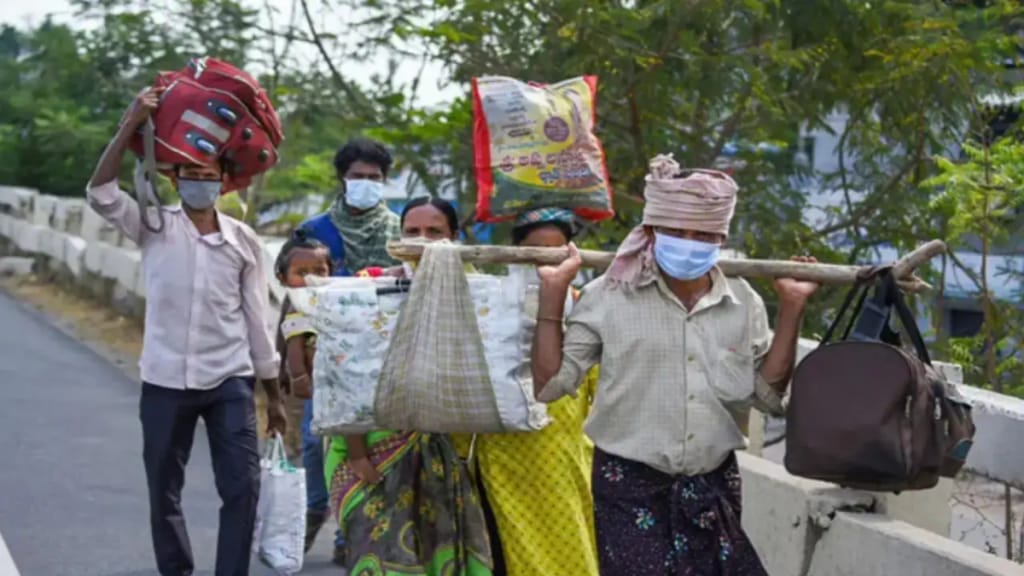Bihar Election: Bihar is gearing up for assembly elections on November 6 and 11, with the results to be declared on November 14. This election marks a significant moment in the state’s political journey, nearly two decades after the landmark 2005 polls that ended Lalu Yadav’s Rashtriya Janata Dal (RJD) dominance and reshaped Bihar’s political narrative. Over the years, electoral battles in Bihar have shifted between development, governance, and welfare agendas, while caste dynamics continue to influence voter behaviour. Major parties like Janata Dal (United) [JD(U)], Rashtriya Janata Dal (RJD), and Bharatiya Janata Party (BJP) remain at the forefront, supported by regional and left parties that continue to play pivotal roles in alliances.
Bihar’s biggest election issues in 2025 are employment, migration, infrastructure challenges, and recurring floods, shaping both the political narrative and voter priorities as the state heads into its legislative assembly polls.
Jobs and Unemployment
Unemployment is the primary concern for Bihar’s electorate in 2025, especially for youth and first-time voters, with parties across the political spectrum pledging robust job creation and economic reform. The Rashtriya Janata Dal (RJD), led by Tejashwi Yadav, has centered its campaign on generating jobs for youths, capitalizing on widespread dissatisfaction regarding limited employment opportunities despite educational attainment. State government and opposition measures, like employment fairs, illustrate the urgency and magnitude of the challenge.
According to data from the Ministry of Labour & Employment’s 2022-23 survey, Bihar’s overall unemployment rate stands at 3.4%, marginally above the national average of 3.2%. But the situation is far more severe in urban areas, where youth unemployment soars to 10.8%, reflecting the growing challenges faced by young job seekers.
Compounding the issue, Bihar’s private sector remains severely underdeveloped, with only 1.9% of youth employed in private jobs—far below the national average of 11.3%. This lack of opportunities has intensified the rush for government jobs, where irregular exam schedules and recurring paper leak scandals have repeatedly crushed the aspirations of thousands of candidates.
Migration Crisis
High unemployment has resulted in persistent out-migration, with thousands of workers leaving Bihar annually in search of better opportunities elsewhere in India. This “remittance economy” dynamic is now a central election issue, underlining deep systemic problems and voter aspirations. Solutions proposed by political players include boosting industrial development to retain youth and families within Bihar.
Infrastructure Deficiencies
Inadequate infrastructure, particularly relating to health, education, transport, and urban planning, remains a major theme of criticism and promise among both incumbents and challengers. Recent heavy rains exposed vulnerabilities: hospitals, schools, public buildings, and roads were severely affected by waterlogging, causing disruption in health services and daily life. Subpar urban planning and unfinished public works projects have added to the sense of urgency for comprehensive upgrades.
Floods and Disaster Management
Flooding, particularly in northern Bihar, is another critical issue, with recurrent monsoon floods devastating villages, displacing families, and inundating critical infrastructure. Major rivers such as the Kosi and Mahananda continue to swell, pushing administration and disaster management agencies to execute large-scale evacuations and relief operations. Voters expect more proactive policies and sustainable disaster resilience measures in party manifestos.
In addition to these issues, other themes like corruption, caste-based reservations, and social welfare policies also influence voter sentiment. The election will also test incumbent Chief Minister Nitish Kumar’s ability to maintain governance after nearly two decades in power.
The stakes are high in Bihar’s 2025 legislative assembly elections, with over 7.4 crore voters eligible to participate in the two-phase voting scheduled on November 6 and 11, covering all 243 constituencies. Counting of votes will take place on November 14.
These polls are poised to shape Bihar’s trajectory on development, governance, and social cohesion for years to come.

